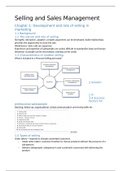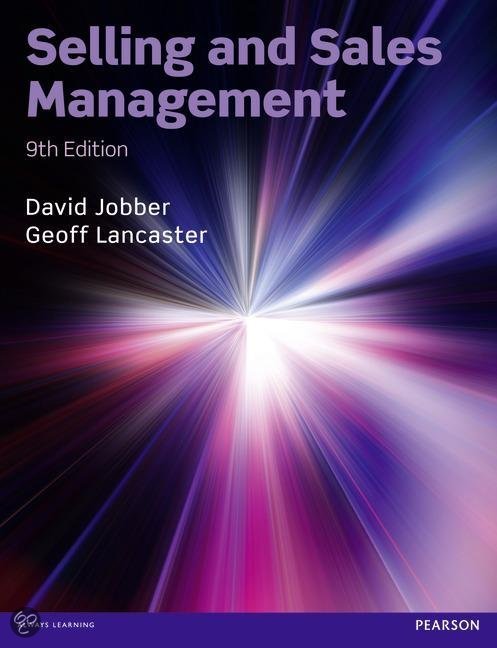Samenvatting
Summary Selling and Sales Management (Chapter 1,3,7,8,9,10)
- Instelling
- Haagse Hogeschool (HHS)
Hi guys, This document contains a summary of the book Selling and Sales Management (9th Edition) by David Jobber and Geoff Lancaster. The summary includes chapters 1,3,7,8,9,10. I wish you all the best studying!
[Meer zien]





